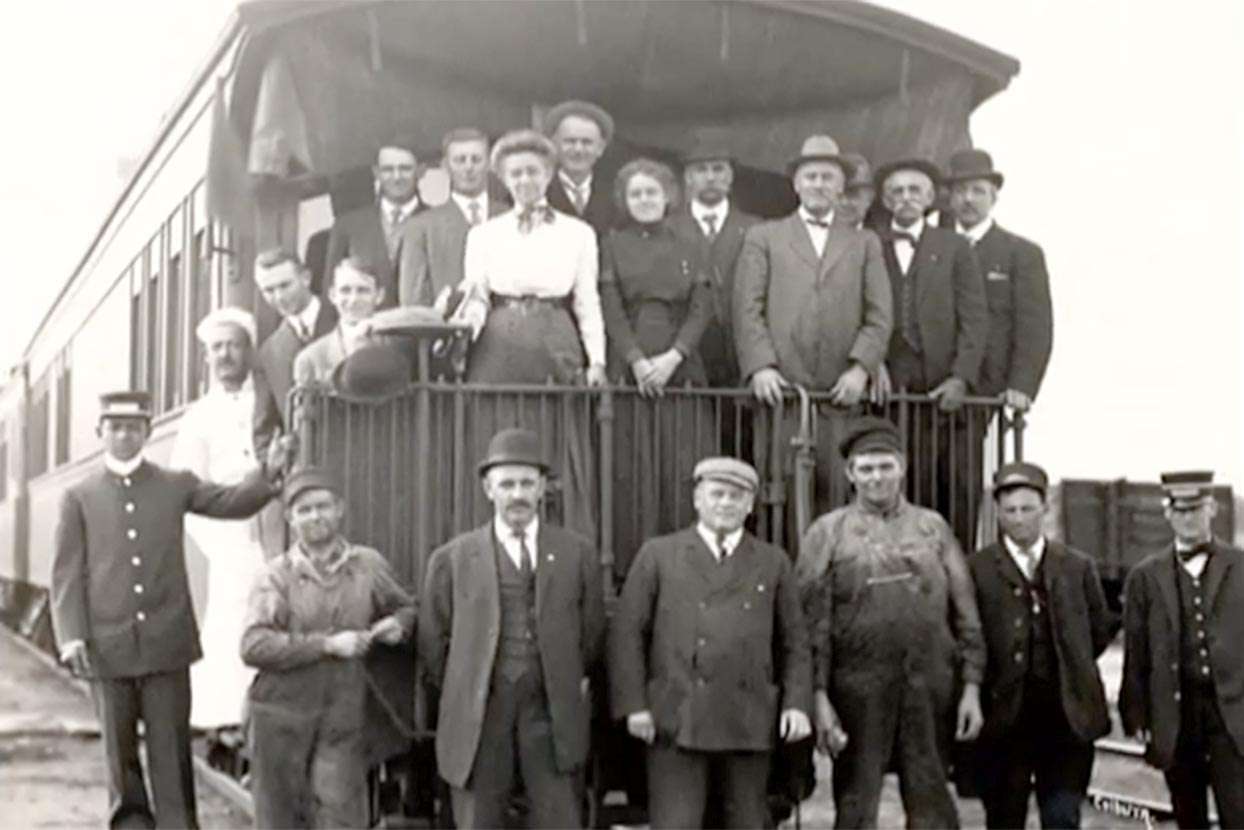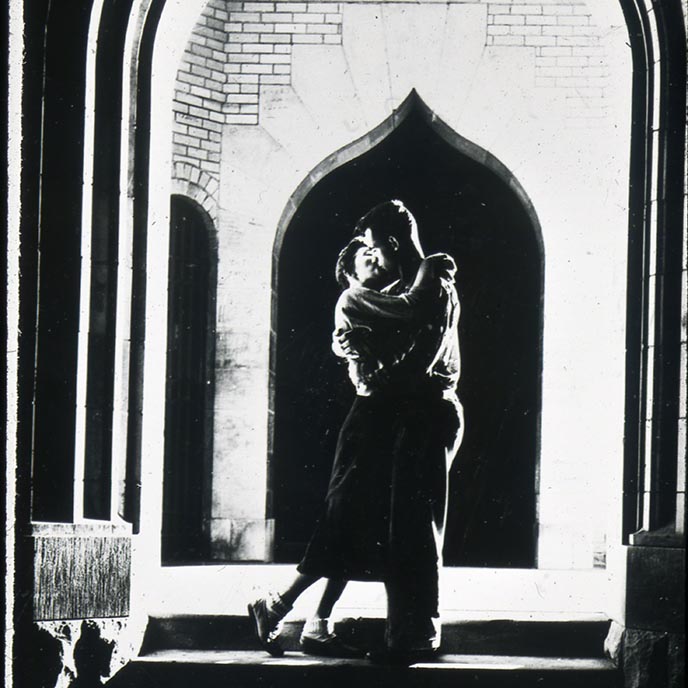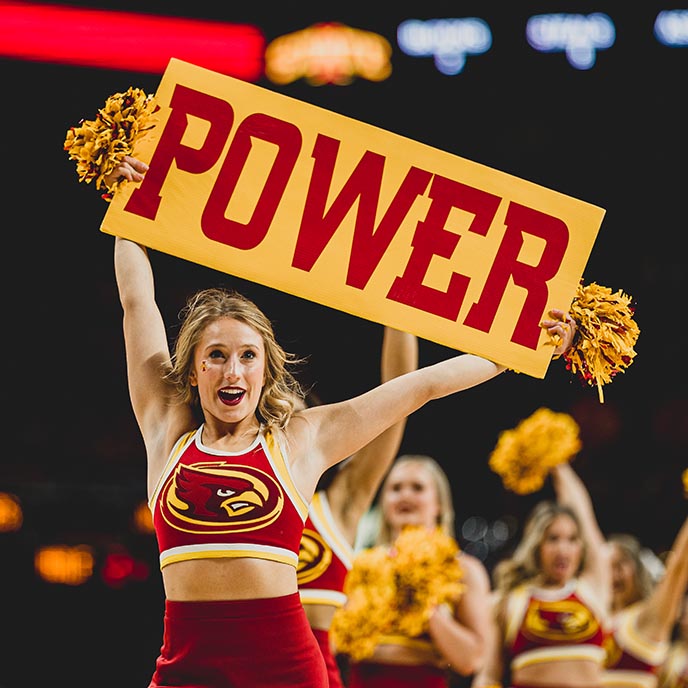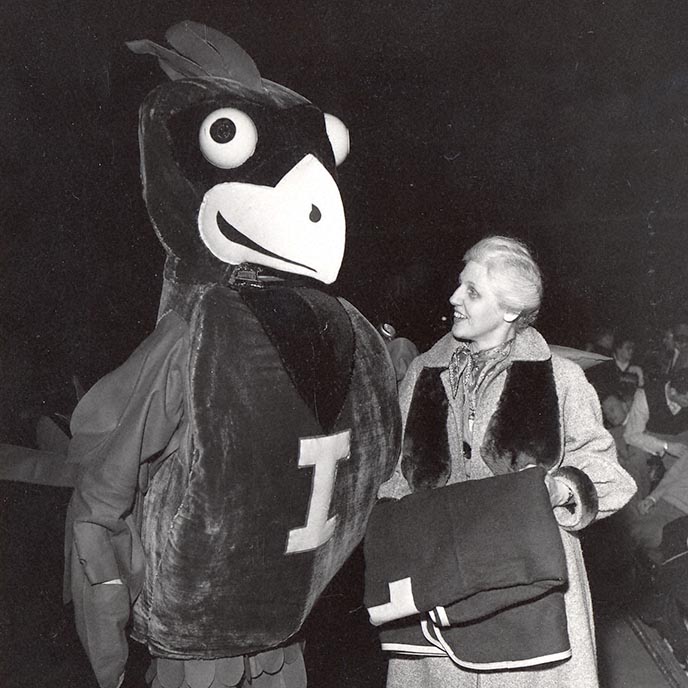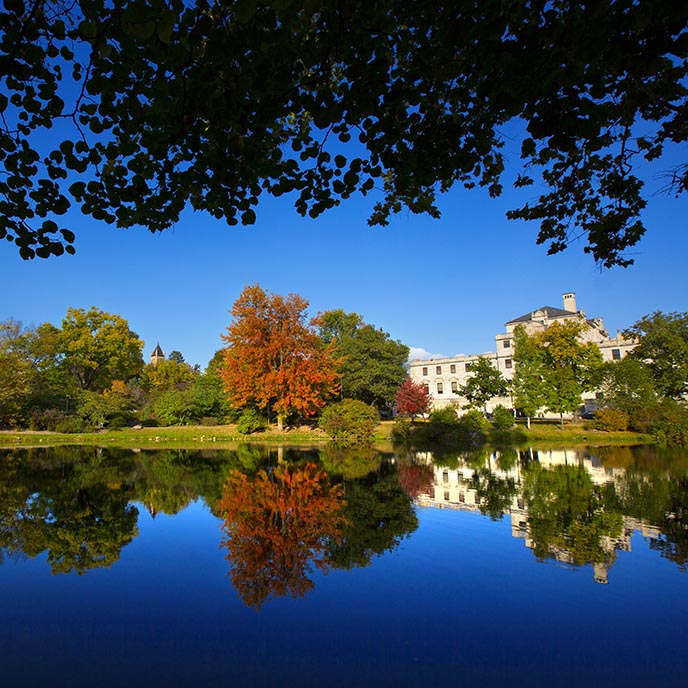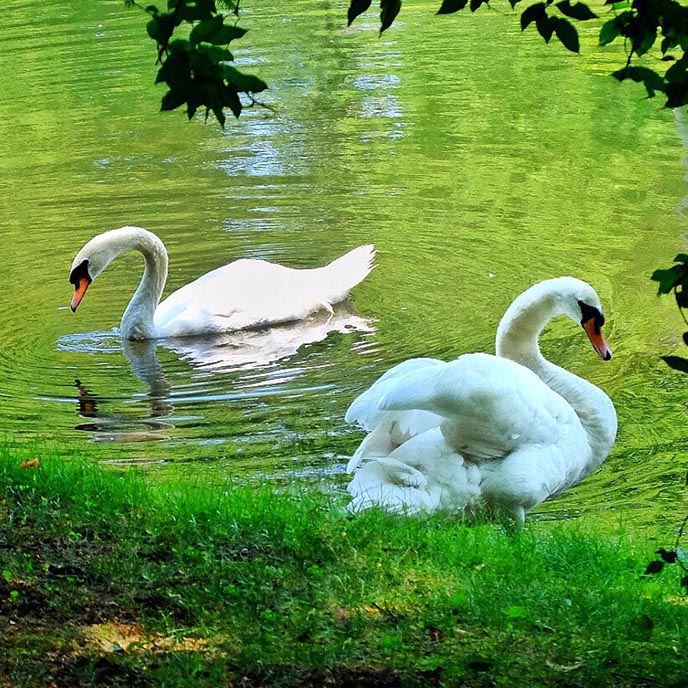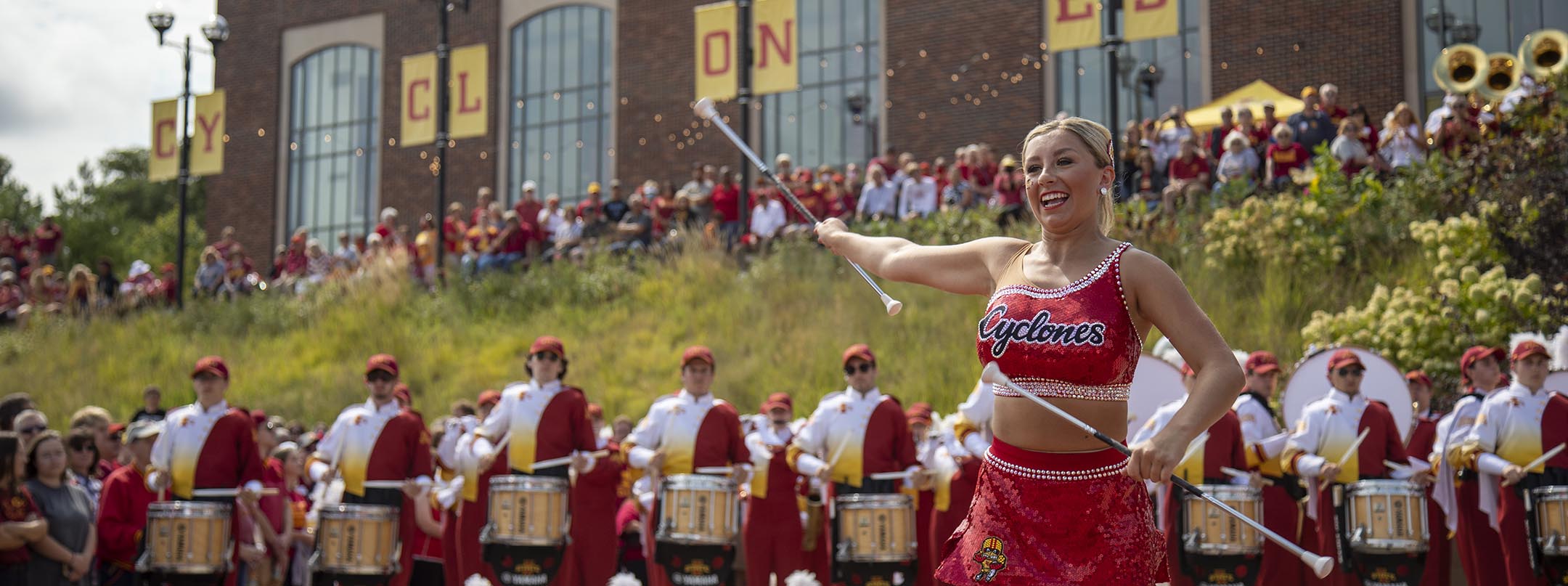Iowa State is one of a kind
Iowa State University is a very special place, full of history. But what truly makes Iowa State unique is a rare combination of campus beauty, the opportunity to be a part of the land-grant experiment, and the progressive and inventive spirit of the Cyclone experience.
The Iowa Agricultural College and Model Farm was established on March 22, 1858. In 1862, the Iowa legislature accepted the provision of the Morrill Act, which was awarded to the agricultural college in 1864. When it opened its doors in 1869, Iowa State was among the first of a new generation of distinctly American colleges built on three revolutionary ideas: College should be open to everyone, regardless of pocketbook or gender; practical subjects like agriculture, science, and engineering should be taught along with the traditional classical education; and knowledge should be shared beyond the borders of campus.
The first class (24 men and 2 women) graduated in 1872. Iowa State established the nation's first state veterinary medicine school in 1879. In 1959, the college was officially renamed Iowa State University of Science and Technology. The focus on technology has led directly to many research patents and inventions including the first binary computer, Maytag blue cheese, the round hay baler, and more.




